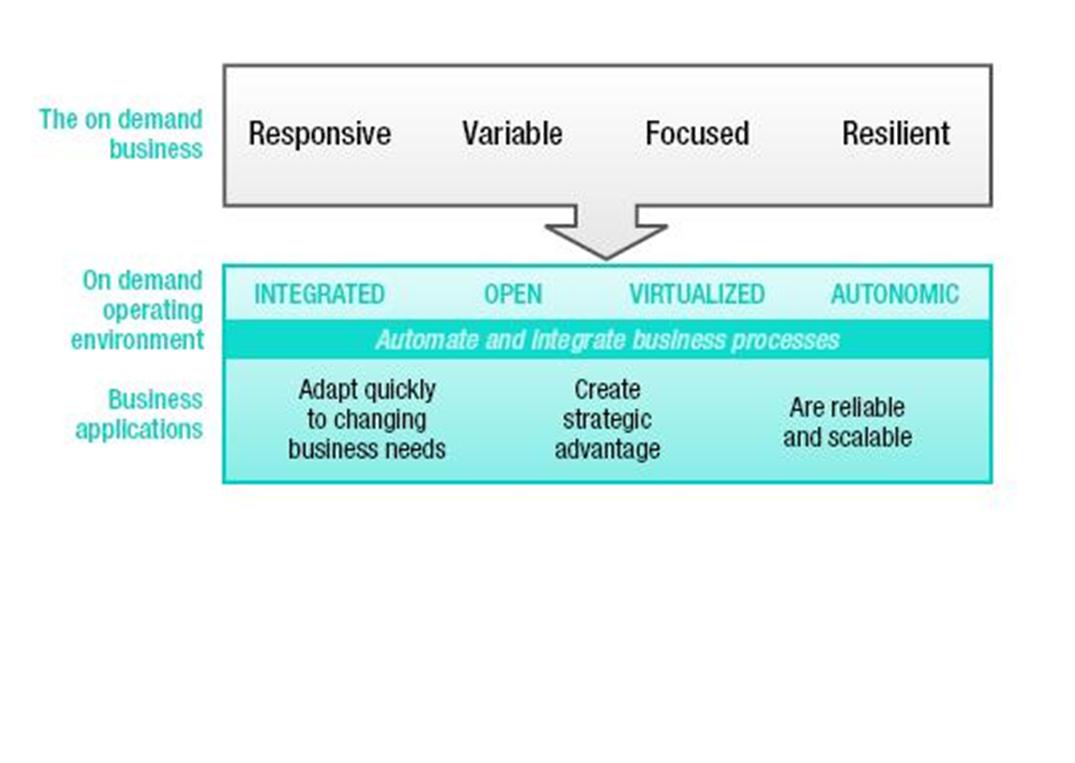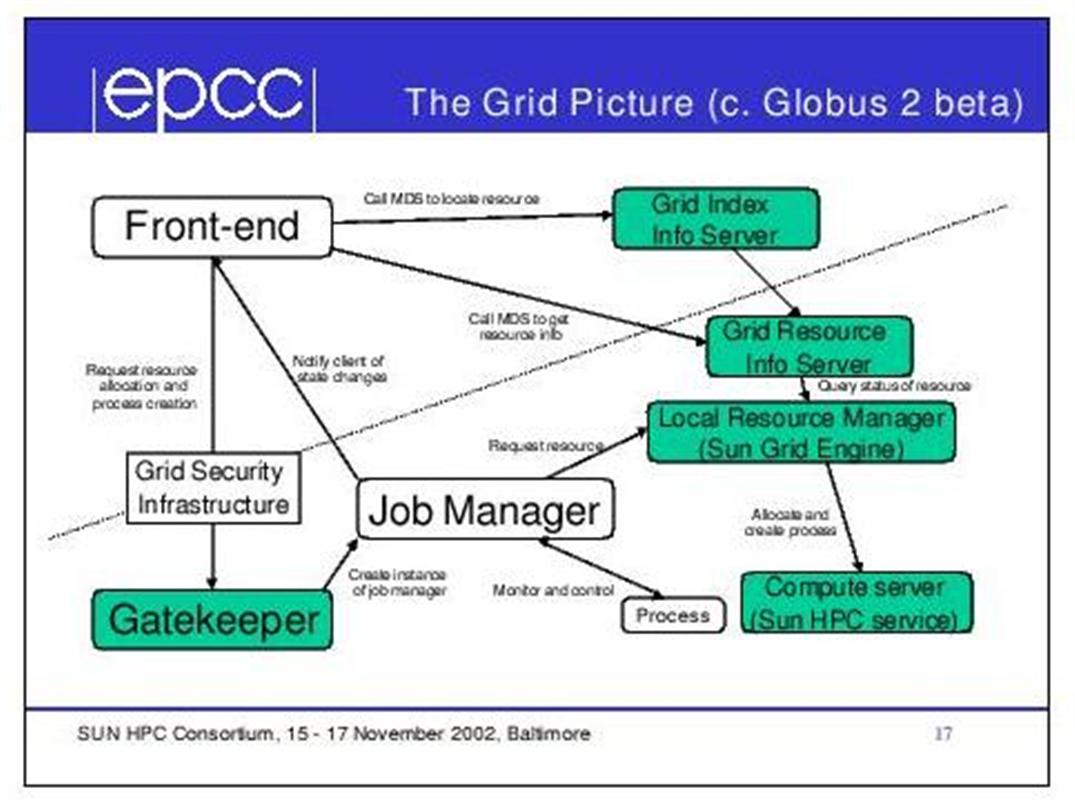The future is the state of things yet to come. One can only expect what may happen and never know what will happen. The future can only be predicted based on past experience. The predictions differ based on the forecaster and his experience, in-depth understanding and knowledge. The technological future is the technology of the future, the destiny of the technology of today.
The future can only be predicted based on past experience. The predictions differ based on the forecaster and his experience, in-depth understanding and knowledge
The predictions of tomorrow’s technology are as diverse and conflicting as any ranging from the on-demand business model promulgated by IBM to the user empowerment as envisioned by Microsoft. While the top players in the field continue composing and refining their visions and trying to make them reality, the debate rages on.
IBM’s vision
IBM predicts that users of technology in industries ranging from the small scale to mass production based factories, like television manufacturers, will lose interest in implementing services on their own, what Microsoft terms in-house. The basic idea is the user has to pay full price even for the software he does not need or rarely uses. So the better option for the user is to pay for what he uses, as long as he uses. IBM believes they will buy computing services and support from technology vendors. Users can then use only what they need and pay for only what they use—on demand. The idea they explain with great detail here. IBM is already offering the on-demand kit for download.

“A year ago, it was an assertion. We’ve moved well beyond assertion into adoption and reality” said IBM CEO Palmisano, of the on-demand effort during a keynote address at the IBM Business Leadership Forum in San Francisco. IBM itself expects to cut $7 billion in expenses from 2003 to 2004 by employing the idea, Palmisano said.
Big Blue expected one outsourcing area of its on-demand work, in which IBM takes over components of a company’s business, to be a $150 billion market back in 2004 and to grow 12 percent to 14 percent each year for the next five years. UPS, Procter & Gamble, Hewitt Associates, FedEx and Lincoln Financial Group are among the IBM customers for this “business transformation outsourcing” area.
Microsoft’s vision
In contrast to IBM, Microsoft sees the individual user as the design point. Microsoft believes that further empowerment of the user as an individual is the key to the next generation of computing. The company equates the on-demand model with the time-sharing model and contends that outsourcing computing services minimizes the individual persons control over the computing resources. Instead the future will be driven by individual users on personal computers using standards based tools with Microsoft’s enhancements for everything from simple tasks to intricate applications.
The concept is ideally disposed for Microsoft’s “per box” sales strategy and works perfectly for its marketing strategy to maintain domination in the PC world

The concept is ideally disposed for Microsoft’s “per box” sales strategy and works perfectly for its marketing strategy to maintain domination in the PC world. The open standards in the software industry provide the essential base for the development of Microsoft products but it is the proprietary closed source code that shapes the main structure. The development of powerful tools, embracing open standards and enriching and enhancing them with proprietary closed extensions, provides the core of Microsoft’s vision of the future of computing.
What others are thinking
The majority of the companies are thinking in line with IBM. Even Sun, which once shunned services in favor of selling big, expensive boxes, is the latest to jump on the pay-per-use utility computing bandwagon with a new grid offering that promises to bring computing power to users on demand.

It’s not, however, the first move Sun has made in the utility computing arena. Sun’s N1 strategy, unveiled more than two years ago, is aimed at helping customers pool resources so they can grow and shrink according to business demands. However, Sun Grid compute and storage utility offerings represent a shift for Sun because they will be delivered on a hosted basis as is described by sun on their web site. Sun’s strategy is also dealt with in detail here.
HP is also thinking with the trend with its Adaptive Enterprise Strategy. It is a road map that defines how the company will integrate hardware, software and services to help customers respond quickly to changing resource needs and thus help their organizations run more efficiently.
Sun’s N1 strategy, unveiled more than two years ago, is aimed at helping customers pool resources so they can grow and shrink according to business demands
Company executives describe three stages that IT managers must tackle and complete before becoming truly adaptive, by HP’s definition. The first stage, as per Nora Denzel, senior vice president of HP’s Software Global Business Unit, is to assess their networks and retool, re-architect and re-engineer their infrastructures to support automation and service management across networks, servers, storage and applications. The second stage IT managers must overcome to become adaptive is business efficiency, in which network elements are managed as business services, and the third, dubbed business agility, is when the software and hardware infrastructure dynamically adapts to meet the changing needs of the business. The strategy is given in detail on HP's site
An analysis of the views
On the superficial level, all of the proponents seem to be correct for their own respective targeted markets. IBM targets the not so tech savvy organizations wary of implementing technological services on their own as does Sun. Their embracing of on-demand services provided by an organization is beyond doubt. But organizations that need to control their infrastructure for competitive edge or high-end, mission-critical reasons, like satellite control, space missions or military security, is guaranteed to opt out of this model. They are not in the technological future as propounded by IBM and its compatriots.
Microsoft’s idea of user empowerment suits a wide range of users, including the ones left out by IBM
On the other hand, Microsoft’s idea of user empowerment suits a wide range of users, including the ones left out by IBM. With proper GUI-based tools and simplifying interfaces Microsoft has shown that even techno phobic organizations can implement their required services with ease. But lying under the appearance of user empowerment by direct sell and update strategy is the trap door of high cost and complete dependency upon the developer company. Besides, with a long history of security vulnerabilities and bad reputation the company’s software is always under threat from virus coders. Once support for a product ends there is no other way but to upgrade. And if you can’t upgrade, with the unleashing of a new virus, you can only pray for a highly skilled and capable programmer familiar with the architecture to develop a patch and provide it free or for a small fee.
Free software suits all
It is at this crucial juncture that free software comes to the rescue. Applications built for the on-demand computing platform, embraced by smaller techno-cretinous organizations, can be easily shifted to in-house, in-control environments to suit the high-tech organizations as long as free software is used in both of these extremes. Under this condition the contrary is also true: applications built for the in-house model can be easily shifted to the on-demand environment. It is the universality of free software, which really empowers the user, allowing access to the core of technology and services on offer, thereby bestowing the ultimate power possible in market—the ability to choose and change suppliers depending upon user need.
It is the all pervasiveness of free software, encompassing the entire range of on-demand services as well as in-house computing, that makes it the main contender for the techno-solution title belt
The strategy also ignites the creative passion of the programmers, developing software unfettered, free of the enforcements of narrow ownership. Even Linus Torvalds has no claim of proprietorship beyond his “Linus tree” and anyone can start their own tree. It is the all pervasiveness of free software, encompassing the entire range of on-demand services as well as in-house computing, that makes it the main contender for the techno-solution title belt and has earned it its place in the sun. Based on its merits we can rightfully proclaim that it is the technology of the future.